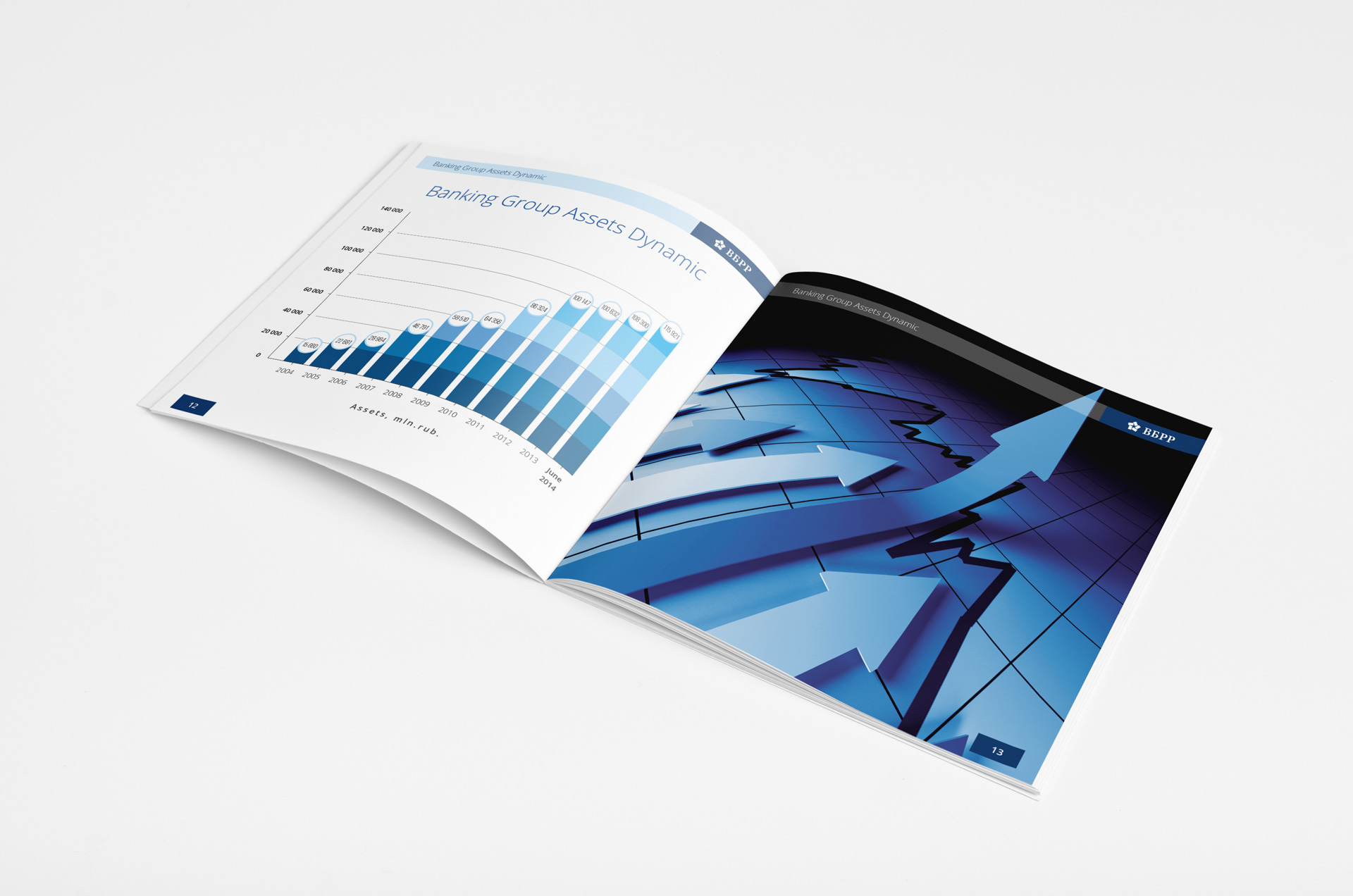Mastering Booklet Design: A Comprehensive Guide to Creating Engaging Booklets
Introduction to Booklet Design
Booklet design is an essential aspect of marketing, branding, and information dissemination. Whether it’s for a corporate event, educational purpose, or promotional campaign, a well-designed booklet can captivate your audience and effectively convey your message. The importance of booklet design lies in its ability to combine visual appeal with informative content, making it a powerful tool for communication. This guide delves into the core elements of booklet design, offering insights on how to create an impactful booklet that resonates with your audience.
Understanding the Purpose of Your Booklet
Before diving into the design process, it’s crucial to understand the purpose of your booklet. Is it meant to inform, promote, educate, or entertain? Defining the purpose will guide the design choices you make, from layout to typography to color scheme. For instance, an educational booklet may prioritize readability and structure, while a promotional booklet might focus on eye-catching visuals and bold fonts. Knowing your target audience and the booklet’s intended use will also influence the overall design, ensuring that the final product aligns with the audience’s expectations and needs.
Choosing the Right Layout and Structure
The layout and structure of a booklet are the backbone of its design. A well-organized layout ensures that the content is easy to follow and visually appealing. Start by deciding on the number of pages and how the content will be distributed across them. Consider using a grid system to maintain consistency and balance throughout the booklet. The placement of text, images, and white space should guide the reader’s eye smoothly from one section to the next. A clear hierarchy of information, with headings and subheadings, helps in breaking down the content into digestible sections.
Selecting Appropriate Typography and Fonts
Typography plays a significant role in booklet design, as it directly impacts readability and the overall aesthetic. Choose fonts that align with the tone and purpose of your booklet. For a professional or corporate booklet, serif fonts like Times New Roman or Garamond might be appropriate, while a more creative booklet could use modern sans-serif fonts like Helvetica or Arial. It’s essential to maintain a balance between different font sizes and styles to create a cohesive look. Additionally, ensure that the text is legible by avoiding overly ornate or complex fonts that may distract from the content.
Incorporating Visual Elements and Imagery
Visual elements, such as images, illustrations, and graphics, can enhance the appeal of your booklet and help convey the message more effectively. High-quality images and relevant graphics should be strategically placed to complement the text rather than overshadow it. When incorporating visuals, consider the color scheme and how it ties into your brand or theme. Consistency in visual style is key to creating a professional-looking booklet. Moreover, ensure that images are high resolution to avoid any pixelation, which can detract from the booklet’s overall quality.
The Importance of Color Scheme in Booklet Design
Color is a powerful design tool that can evoke emotions and set the tone of your booklet. The color scheme should reflect the purpose of the booklet and resonate with the target audience. For example, a booklet on environmental sustainability might use greens and earth tones, while a corporate booklet might stick to a more neutral palette. It’s important to choose colors that complement each other and maintain consistency throughout the booklet. The use of color can also help highlight important information and guide the reader’s attention to key areas.
Finalizing and Printing Your Booklet
Once the design is complete, the final step is to review and prepare the booklet for printing. Proofreading the content is crucial to avoid any errors that could diminish the booklet’s professionalism. Additionally, check the alignment, margins, and overall layout to ensure that everything is in place. When it comes to printing, choose high-quality paper and finishes that enhance the look and feel of the booklet. The choice of binding, such as saddle stitching or perfect binding, can also affect the booklet’s durability and presentation. Collaborating with a professional printer can ensure that the final product meets your expectations.
Conclusion
Booklet design is a multifaceted process that requires careful planning and attention to detail. From understanding the purpose and audience to selecting the right layout, typography, and visuals, each element plays a crucial role in creating a booklet that is both visually appealing and informative. By following these guidelines, you can craft a booklet that effectively communicates your message and leaves a lasting impression on your audience. Whether you’re designing a booklet for marketing, education, or any other purpose, the key is to blend creativity with functionality to produce a compelling and professional final product.

